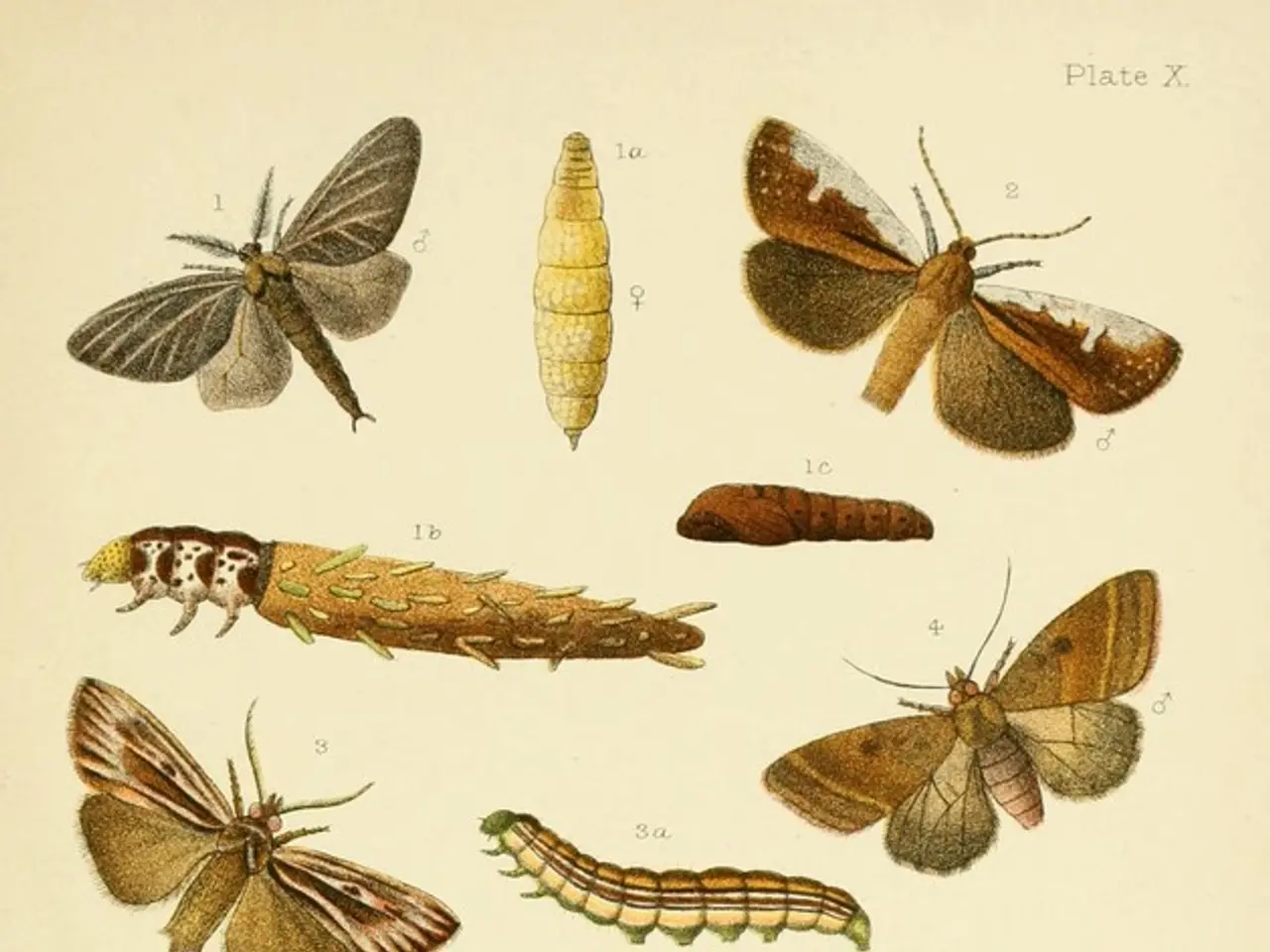Unusual Forms in Geometry You May Not Be Familiar With
=================================================================
In the world of design, circles, squares, and triangles are often the go-to shapes for creating simple and effective visuals. However, there is a whole array of unique geometric shapes that can add a touch of modernity, innovation, and emotional resonance to designs.
One such shape is the Reuleaux triangle, named after the 19th-century German engineer Franz Reuleaux. This curved triangle, formed by the intersection of three circular disks, has found its way into various aspects of life, from architecture to corporate logos and signage. For instance, it is a part of the National Trails System and United States Bicycle Route System's signage, and you can find it in items as diverse as guitar picks, pencils, and drill bits.
Another intriguing shape is the rhombus, or diamond shape, which often suggests precision, clarity, and modernity. It can represent dynamic balance and stability with a sense of sophistication or innovation. Mitsubishi's three diamonds arranged triangularly in their logo symbolize power and accuracy.
Spiral shapes signify growth, evolution, and transformation. They convey a sense of natural progression or development and evoke feelings of creativity and dynamism. The Moebius strip, a three-dimensional shape with a single, continuous side, symbolizes innovation and constant change, and is used in Google Drive's logo.
Five-pointed stars typically symbolize excellence, aspiration, and achievement. They are often used to denote high quality or outstanding performance. The Star of Lakshmi, an eight-sided polygon made from two congruent squares with the same center placed at 45° angles, is a sacred symbol in Hinduism, representing the eight forms of manifestation of Lakshmi, the goddess of wealth.
Arrow shapes indicate direction, movement, and force, suggesting progress, ambition, or focus. They can also guide viewer attention in design layouts. The squircle, a unique shape that's somewhere between a square and a circle, is found in iPhone's app icons and on the back of Apple's iPhone 11 Pro Max.
Zigzag lines and shapes evoke path, confusion, or excitement. They imply energy, unpredictability, and dynamism, often used to create visual interest or tension within a design. The heptagram is found in the Australian and Jordanian flags, and in the logo of Maersk, a famous transport and logistics company.
Beyond these, curved lines and organic shapes are also essential. They represent movement, fluidity, connection, and continuity, often making designs feel more informal, approachable, and dynamic compared to the rigidity of polygons.
Polygons with more than three sides, such as pentagons, hexagons, octagons, and beyond, provide unique visual impressions. Hexagons imply efficiency and harmony, inspired by natural patterns like honeycombs, suggesting cooperation and structure. Pentagons and other polygons are less common but can express complexity, innovation, or uniqueness depending on usage and combination.
Each of these shapes can communicate subtle or strong emotional cues in design beyond the classical circle (harmony), square (stability), and triangle (strength/direction). Their meanings depend on context, orientation, color, and integration with other design elements.
In addition to their use in design, these shapes hold significant meaning in various cultures and religions. For example, the heptagram is a sacred symbol for Wiccans who worship nature and follow the Faery tradition. In Christianity, a heptagram was used to symbolize the seven days of creation. The Moebius strip symbolizes continuity and is used as the globally accepted symbol of recycling.
In summary, designers choose these unique shapes to evoke feelings such as modernity and innovation (rhombus, complex polygons), growth and transformation (spirals), aspiration and excellence (stars), movement and progress (arrows, zigzags), connection and fluidity (curves, organic shapes). This range helps designers create memorable, meaningful visuals that resonate emotionally with their audience.
- In the realm of lifestyle and fashion, designers can use the Reuleaux triangle to infuse modernity and innovation into their clothing and accessory designs.
- For those seeking personal growth through education and self-development, the intricate patterns of mathematical shapes like the Moebius strip can stimulate intellectual curiosity and encourage exploration in the field of data and cloud computing.
- The dynamic and stable nature of the rhombus can be employed in the design of gadgets and technology products, communicating precision, clarity, and a sense of sophistication to consumers.
- Food and drink establishments may consider incorporating spirals in the arrangement of their dishes, symbolizing growth, evolution, and setting a creative and dynamic ambience for diners.
- In the realm of home and garden, incorporating unique geometric shapes like the Reuleaux triangle in architectural designs can convey a touch of modernity and emotional resonance, promoting a sense of personal growth and innovation.
- Artificial intelligence programs can utilize zigzag lines and shapes to mimic unpredictability and dynamism, adding an element of excitement to the learning process in artificial intelligence and technology.





